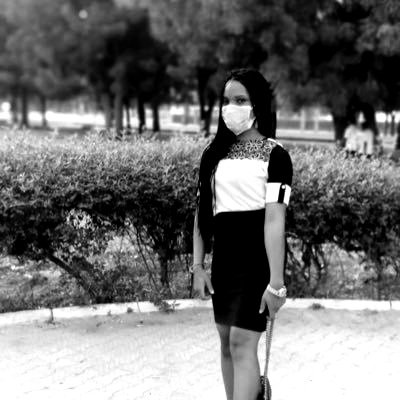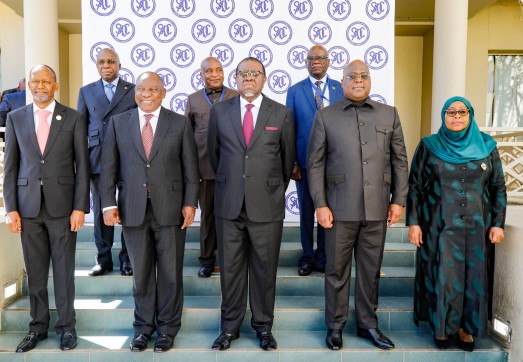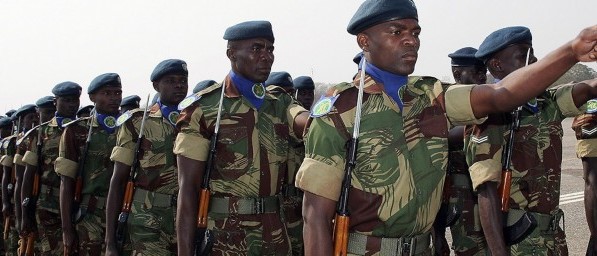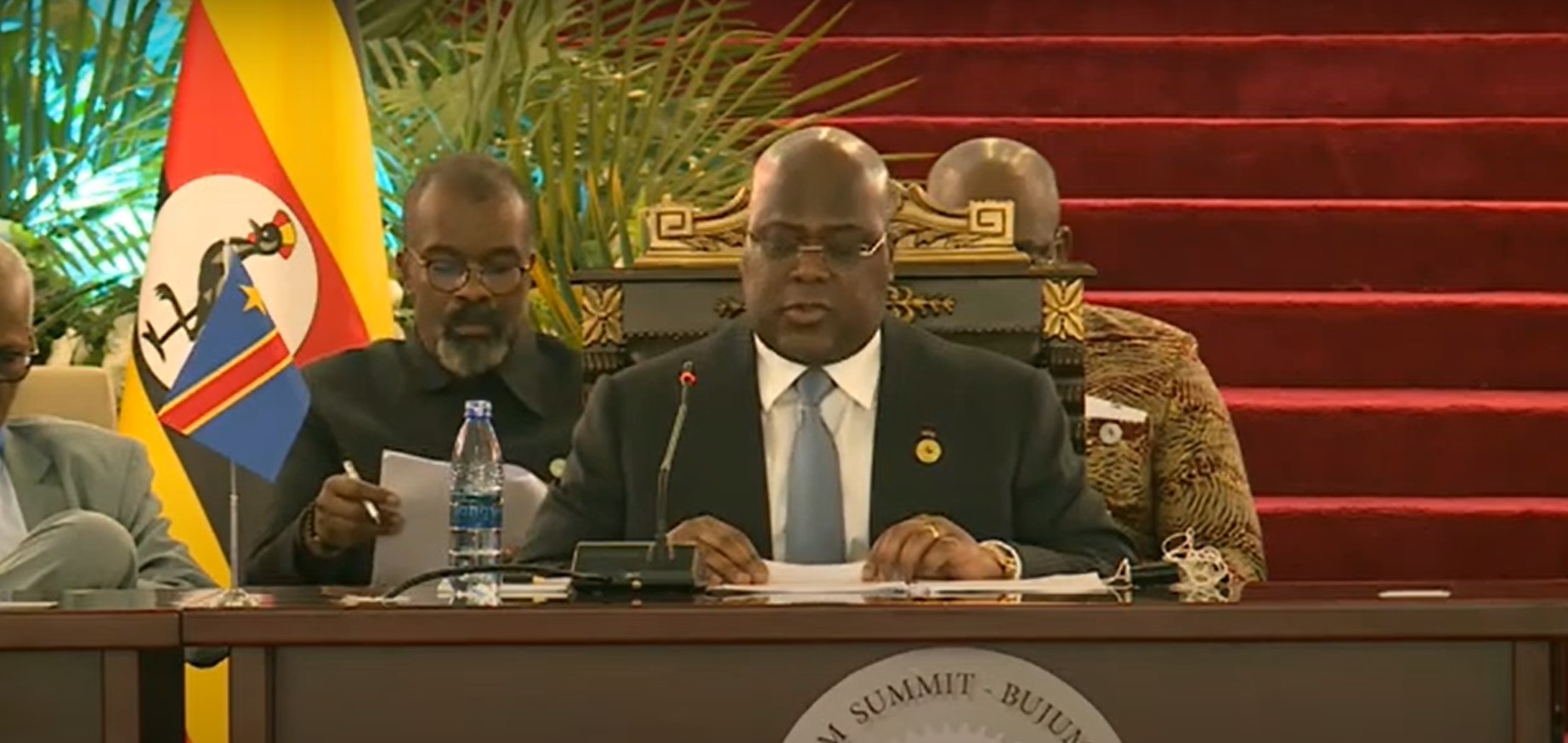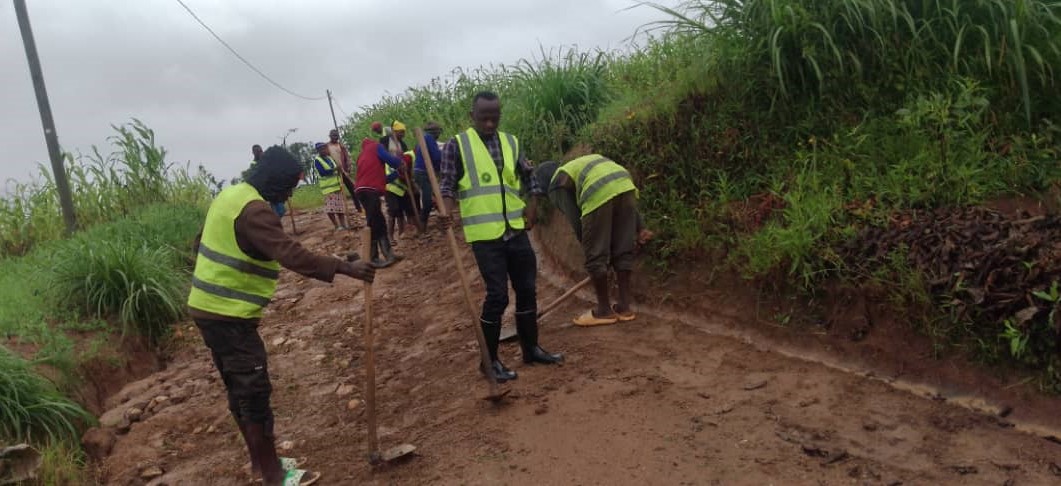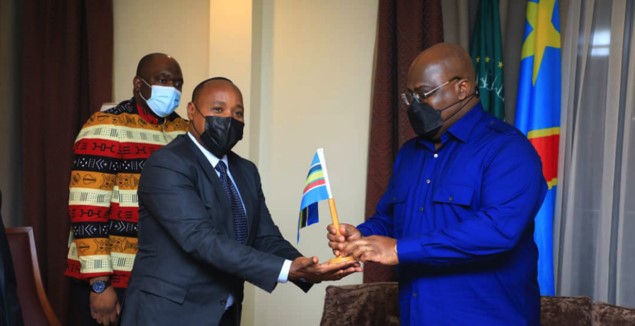Regional
DRC’s cocktail of foreign forces a powder keg

For
decades, the Democratic Republic of the Congo (DRC) has been subject to
insecurity and violence stemming from a complex mix of local and foreign armed
groups.
The
grim situation has led to the death of millions, and a crisis of 6.2 million
internally displaced people. More than 1.3 million others have become refugees
in neighboring countries.
Amid
all the chaos, several foreign countries and international bodies have sent
their troops to DRC to assist in ending hostilities. To date, the country has
multiple deployments under the UN, multilateral, and bilateral arrangements and
yet it is far from being secure and peaceful.
The
first foreign troops to set foot in DRC were the UN’s, in July 1960, in
response to requests by Prime Minister Patrice Lumumba. The result was the
United Nations Operation in the Congo (ONUC). Comprising 8,000 troops, they
failed to quell the then South Kasai and Katanga revolts. Lumumba was killed
under their watch, which led to demonstrations in New York where many believed
that he should have been better protected by the UN. The troops withdrew in May
1964.
In
early 1964, a new crisis broke out; a new rebellion called ‘Simba’ broke out. The
then Prime Minister, Moise Tshombe, employed foreign mercenaries called ‘5
commando’ to fight the rebels, which led to deaths of thousands civilians. It
was active from 1964 to 1967.
Under
President Mobutu Sese Seko, Zaire, now DRC, was stable between 1968-1977 and
1979-1990, a relative calm that was short lived. After the fall of Mobutu and
the assassination of Laurent Desire Kabila, the country plunged in yet another
security crisis.
This
led to the deployment of other UN troops – the Mission de l'Organisation des
Nations Unies en République Démocratique du Congo (MONUC) – in 2000.
In
2010, the mission was renamed the United Nations Organization Stabilization
Mission in the DRC (MONUSCO). It is still active today. But just like all the
previous foreign troops, MONUSCO has failed to bring peace in DRC despite
having around 12,400 troops and an annual budget of more than $1 billion. The
blue helmets have been accused of watching idly as civilians are killed by terrorist
groups such as the genocidal FDLR militia from Rwanda, the ADF from Uganda, and
other local armed groups.
Fast
forward to 2013, in response to the M23 rebels’ initial uprising, the Force
Intervention Brigade (FIB), which operated under the UN was introduced to fight
the rebels. At the time, this led to the defeat of the M23, where the rebels
fled to Rwanda and Uganda, which seemed like a ‘win’ to the DRC government.
However, the rebellion remained dormant until it resumed fighting in late 2021.
This proved to be one example of the downfall of using military responses in
the region, if not adequately linked to a political process.
The
FIB, with troops from Malawi, Tanzania and South Africa, did not sort out the
root causes of the M23 rebellion nor did they address their grievances. Their
task was, simply, to fight the rebels.
Following
the resurgence of the M23, as always, Kinshasa tried to find a solution in
foreign armed forces to solve its internal crisis.
In
October 2022, reports emerged pinning the Congolese army, FARDC, on collaboration
with FDLR - a group formed by remnants of the perpetrators of the 1994 Genocide
against the Tutsi, and other militia groups in DRC to fight M23.
Related: DRC
army supplying arms to FDLR: HRW Report
After
realizing that the evil coalition was no match for M23, Kinshasa hired more
than 850 mercenaries from Eastern Europe to join the fight. Similar to those in
the 1960s, the mercenaries’ only job is to fight the M23 rebels.
Related:
DRC: Mercenaries will bury this lawless country
As
expected these foreign troops did not solve the crisis. President Felix
Tshisekedi saw it fit to add more to help quell the violence in the east part
of his country.
On
the request of Tshisekedi, in November 2022, the East Africa Community (EAC)
deployed a regional force in DRC. The troops came from Kenya, Burundi, Uganda, and
South Sudan. Their mandate was to help restore peace and stability in eastern
DRC. However, Tshisekedi was not happy with their ‘inaction towards M23’, and
is planning to kick them out in June 2023, to make way for yet other foreign
troop deployment from the Southern Africa Development Community (SADC).
Related: SADC
troops won’t solve eastern DRC crisis. Here’s why
The
deployment of SADC troops was approved on May 8. The announcement preceded a
confirmation that Angolan troops are expected in DRC as well.
The
deployment of all these foreign troops since the 1960s has raised more
questions than answers. One might think that by now, Kinshasa would have
learned the most important lesson, which is; none of these foreign troops will
solve their issues.
Only
Congolese themselves can save their country, if they sober up, stop the denial,
and address their issues.
As
long as the DRC government is still in denial about the root causes of their
own insecurity problems – their own bad governance, a dysfunctional army, lack of
laws and order, and deliberately harboring negative armed groups – the country
will always be in shambles.
And
no amount of external help will ever be enough.


